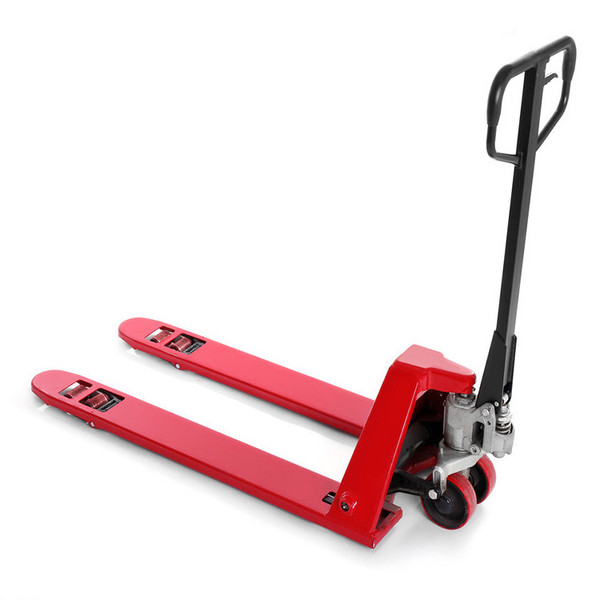


Understanding Crane Weight Scales A Key to Safety and Efficiency
In the construction and industrial sectors, cranes play a crucial role in lifting and transporting heavy materials. However, with great power comes great responsibility, and ensuring the safety of operations is paramount. One of the essential tools that contribute to safe crane operations is the crane weight scale. This article delves into what crane weight scales are, their significance, and how they enhance efficiency and safety on job sites.
What is a Crane Weight Scale?
A crane weight scale is an instrument designed to accurately measure the weight of loads being lifted by a crane. These scales can either be integrated into the crane system or used as portable devices. With advanced technology, many modern crane scales provide real-time weight readings, allowing operators to monitor loads dynamically. Some weigh scales also come equipped with features such as load cells, wireless communication, and overload alarms, which further ensure precision and safety during operations.
Importance of Crane Weight Scales
1. Safety Compliance Overloading a crane can lead to catastrophic failures, resulting in accidents, injuries, and even fatalities. Crane weight scales help operators adhere to weight limits specified by the manufacturer, promoting a safer work environment. By providing accurate weight readings, these scales prevent instances of overloading and ensure that all heavy lifting is done within safe parameters.

2. Improved Efficiency Crane weight scales contribute to higher operational efficiency. By knowing the exact weight of the load, crane operators can choose the appropriate lifting equipment, ensuring that each lift is executed smoothly and effectively. Efficient loading not only speeds up operations but also minimizes wear and tear on cranes, ultimately lowering maintenance costs.
3. Enhanced Load Management Accurate weight measurements allow for better planning and load management on job sites. This means that project managers can effectively allocate resources and schedule operations, ensuring that the workflow remains uninterrupted. Knowing load weights in advance also reduces the time spent on trial and error during lifting operations.
4. Data Collection and Analysis Many crane weight scales come with data logging capabilities, enabling users to track weight measurements over time. This data can be invaluable for analyzing operational efficiency, planning future projects, and conducting safety audits. Having historical weight data helps in making informed decisions regarding equipment upgrades and operational adjustments.
5. User-Friendly Features Modern crane weight scales often come equipped with user-friendly interfaces and easy-to-read displays. Some are even designed for remote operation, allowing operators to manage weight readings from a distance. This enhanced usability ensures that operators can focus more on their tasks rather than struggling with complex machinery.
Conclusion
In the realm of construction and heavy industry, the importance of crane weight scales cannot be overstated. These devices not only enforce safety protocols but also enhance operational efficiency, providing a critical balance between productivity and safety. As technology continues to evolve, we can anticipate more sophisticated features that will make crane weight scales even more integral to lifting operations. Investing in a reliable crane weight scale is not just a smart choice; it's a necessary step toward ensuring safety and efficiency on every job site. As we move towards a future of automated and highly interconnected machinery, the role of crane weight scales will only become more pronounced, emphasizing their importance in safe and efficient industrial practices.



